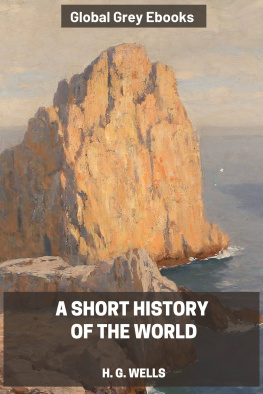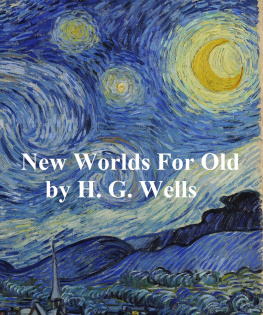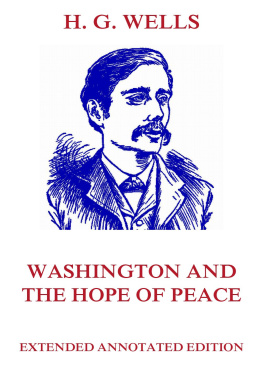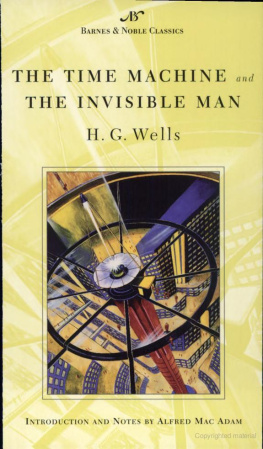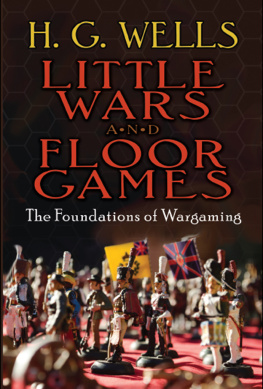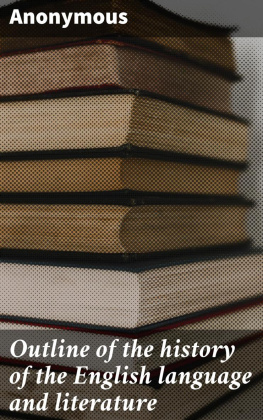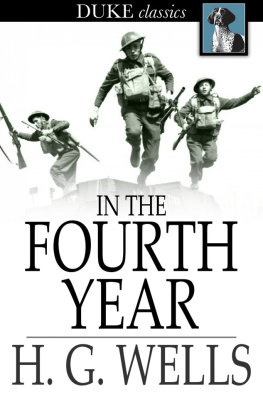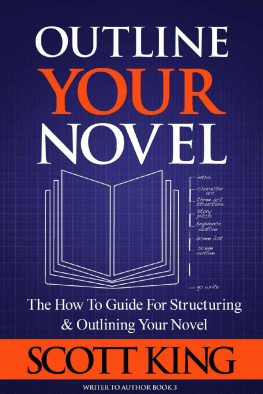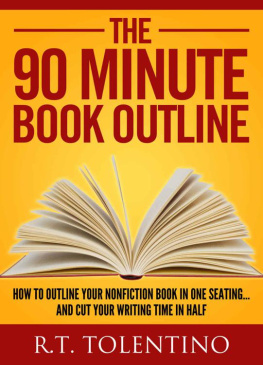Table of Contents
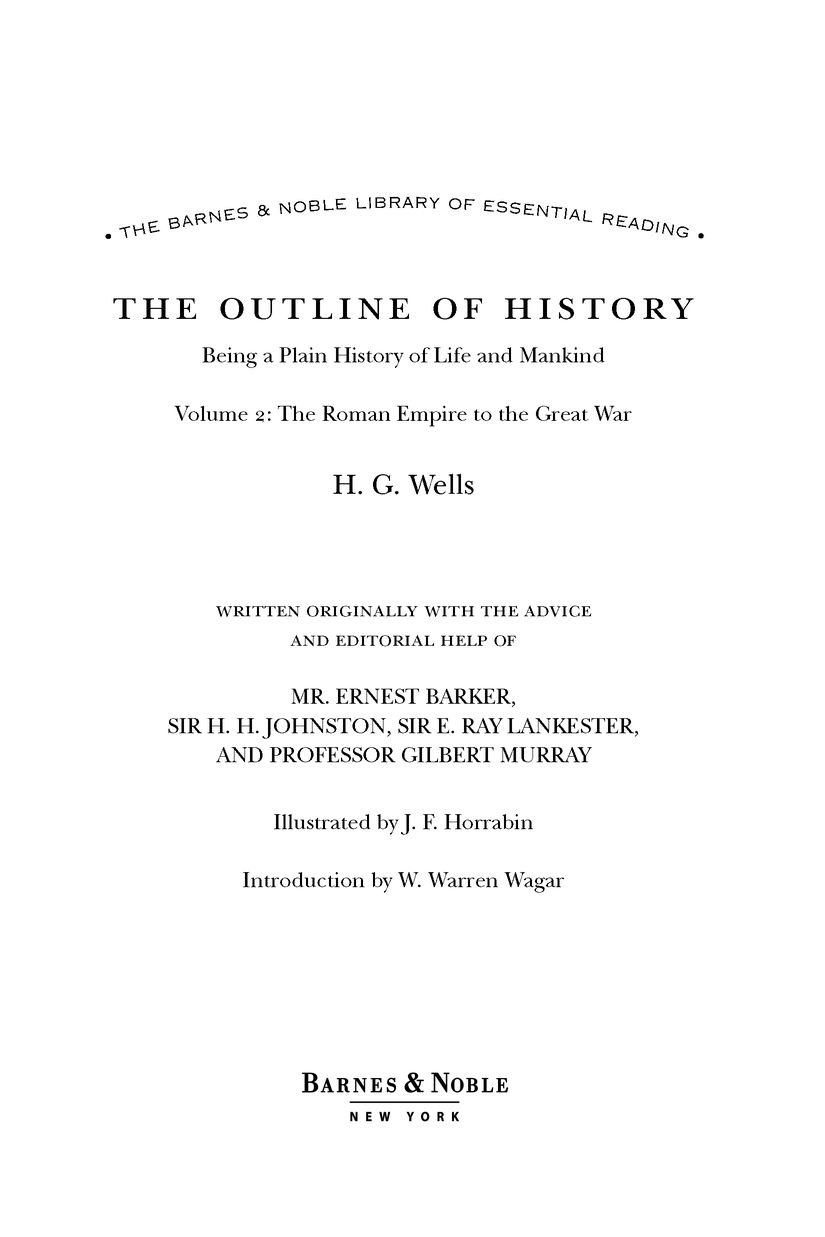
INTRODUCTION
IN H. G. Wells absorbing memoirs, Experiment in Autobiography (1934), he related in some detail how he came to write The Outline of History. My idea was at first, he wrote, an outline of history beginning with an account of the Roman and Chinese empires at the Christian era, and coming up to contemporary conditions. Established historians would collaborate in writing this chronicle of the last nineteen centuries, under Wells supervision.
He soon gave up on the established historians and wrote the whole book himself, albeit with plentiful advice and commentary from professional colleagues. He also abandoned his plan to begin with the advent of Christianity. As readers of the first volume of The Outline of History know, he chose instead to launch his narrative with the creation of the solar system. In more than two dozen chapters he told us of everything from the emergence of life on earth to the history of Rome.
But Wells did not abandon his plan to come up to contemporary conditions. In the second volume of The Outline of History, he carried the story down to what, in 1920, was the latest news: the Great War of 1914-1918 and the creation of the League of Nations. He also took the opportunity to peer into the future.
Anyone familiar with what passed for world history in 1920 cannot help but be impressed by the scope of Wells account in this second volume. The first four chapters traced the rise of Christianity and Islam, with an intervening chapter on the tangled history of Asia, both western and eastern, from just before the Christian era to AD 650. Although Wells personally adhered to no religion, he treated the founders of Christianity, Islam, and Buddhism with respect, showing how their teachings harmonized in many ways with one another, and evenin his judgmentwith the spiritual and ethical implications of modern science. He also anticipated the finding of more recent world historians, such as Andre Gunder Frank, that China was the worlds richest and most advanced nation from the seventh century AD to at least the seventeenth. Chapter IV, after reviewing the history of early medieval Europe, charted the collision between Islam and Christianity during the Crusades.
The most remarkable portion of this second volume of The Outline of History is the way it surveys life in Asia and Europe between the thirteenth and sixteenth centuries. To most of Wells Western readers, this was simply the era of the later Middle Ages and the Renaissance and Reformation. All eyes focused on the metamorphosis of Western Europe from feudalism to powerful monarchies and the first blushes of a distinctively modern sensibility.
But Wells began his exploration of this era with another theme altogether: the emergence of the Mongols as the worlds greatest power in the thirteenth century, their conquests throughout Eurasia, and the exploits of their self-styled descendants, such as Timurlane and Baber, the founder of the Mughal Empire in northern India. He also took appropriate note of the rise of the Ottoman Turks as the preeminent power in the Middle East, North Africa, and the Balkans, capped by their seizure of Constantinople in 1453. Just by putting these vast events in the so-called medieval era first, ahead of his report of developments in Western Europe, Wells made a salient point. Western Europe did not yet occupy center stage in global history. The chief movers and shakers of the world during all this time were, as often before, the teeming tribes and nations of Asia, many of them Muslim.
In his next chapter, however, Wells caught up with the European story, sketching the renascence of Western civilization largely as a history of ideas, and in particular the progress of free inquiry and speculative thought from the thirteenth century to the sixteenth. Predictably, his heroes were men such as John Wycliffe, John Ball, and John Huss ( Jan Hus), priestly rebels against the established order, although he was more guarded about Martin Luther and had nothing to say about John Calvin. He also devoted admiring pen-portraits to the earliest pioneers of modern science, from Roger Bacon to Galileo. Among the philosophers of the later Middle Ages, his idol was William of Occam, one of the originators of nominalism, the doctrine that objects are unique and that the categories or essences into which we group them for our own convenience do not have any independent existence. By 1920 Wells had come to regard himself as a nominalist, like many other thinkers drawn to the methods and world-view of modern science.
But one section of this chapter stands out as an illustration of the limits of even Wells imagination and reach, in good part because of the times in which he lived. If he surmounted these limits when dealing with the civilizations of Asia, he failed to do so when he looked westward to the so-called New World. The title of the section in question, America Comes into History (ch. VI, 8), suggests that the great Amerindian civilizations of the pre-Columbian Western Hemisphere did not become historical until Europeans discoveredand ravagedthem. Wells narrative did include a few sentences on the origins of the Aztec and Incan empires before the arrival of the Spanish Conquistadors, but nearly the whole section focused on the conquest itself and its immediate aftermath. By the same token, there is no account of the major civilizations and cultures of sub-Saharan Africa before the seventeenth century, although in this instance Wells may more readily be excused. Much less was known about them by Western scholars at the time he conducted his research.
Then come five closely related chapters, originally linked under the omnibus title The Age of the Great Powers, which treated, in succession, the history of Europe in the seventeenth and eighteenth centuries down to about 1775, the revolutions in North America and France that followed, the life and times of Napoleon (perhaps Wells favorite villain), the nineteenth century chiefly in Europe, and World War I. Brief sections on the history of Japan, the European rape of Africa, the reawakening of China (which he expected would soon rival Europe and the U.S.), and the British Empire gave readers glimpses of life beyond Europes shores, but they were glimpses only. The Americas barely entered the picture at all.
The real point of these five chapters was that Europes division into a patchwork quilt of armed and aggressive national states in early modern times led ultimately to what Wells called the international catastrophe of 1914, a catastrophe so horrific that it brought closure to the Great Power period in world history altogether. The decision to write The Outline of History in the first place had been a direct response on Wells part to World War I, then known as the Great War. He had attributed its millions of corpses and shattered landscapes to the teaching of history as national epic, as the record of this or that countrys rise to glory and power, without regard for other nations or their own grievances and aspirations. Human beings needed to be reeducated, to view the history of all humankind as a single adventure. History, he wrote in an eloquent article published in the spring of 1919, is one. Accordingly, in Wells eyes, it was essential to assign full responsibility for the Great War to the ill-taught leaders of the vainly strutting Great Powers of Europe, to Britain, France, Germany, Italy, Austria, and Russia, which had been jostling for supremacy for centuries and had now brought well-earned ruin on themselves.
The extensive chapter on the Great War ends with a bracing bitter account of the attempts of the peacemakers at Versailles in 1919 to create a new world order. Wells had been a leading figure in the movement in Great Britain to promote the idea of a postwar league of nations, a league with real authority to reduce or eliminate armaments altogether and to keep the peace of the world. As he saw it, the statesmen at Versailles had instead imposed a punitive peace on the defeated nations. They had fashioned the League of Nations, but it was a league only of diplomats appointed by their respective governments, with few powers and little authority. Wells expressed his disdain and disappointment in some of his most caustic prose and continued to ridicule the League of Nations for the rest of his life.



